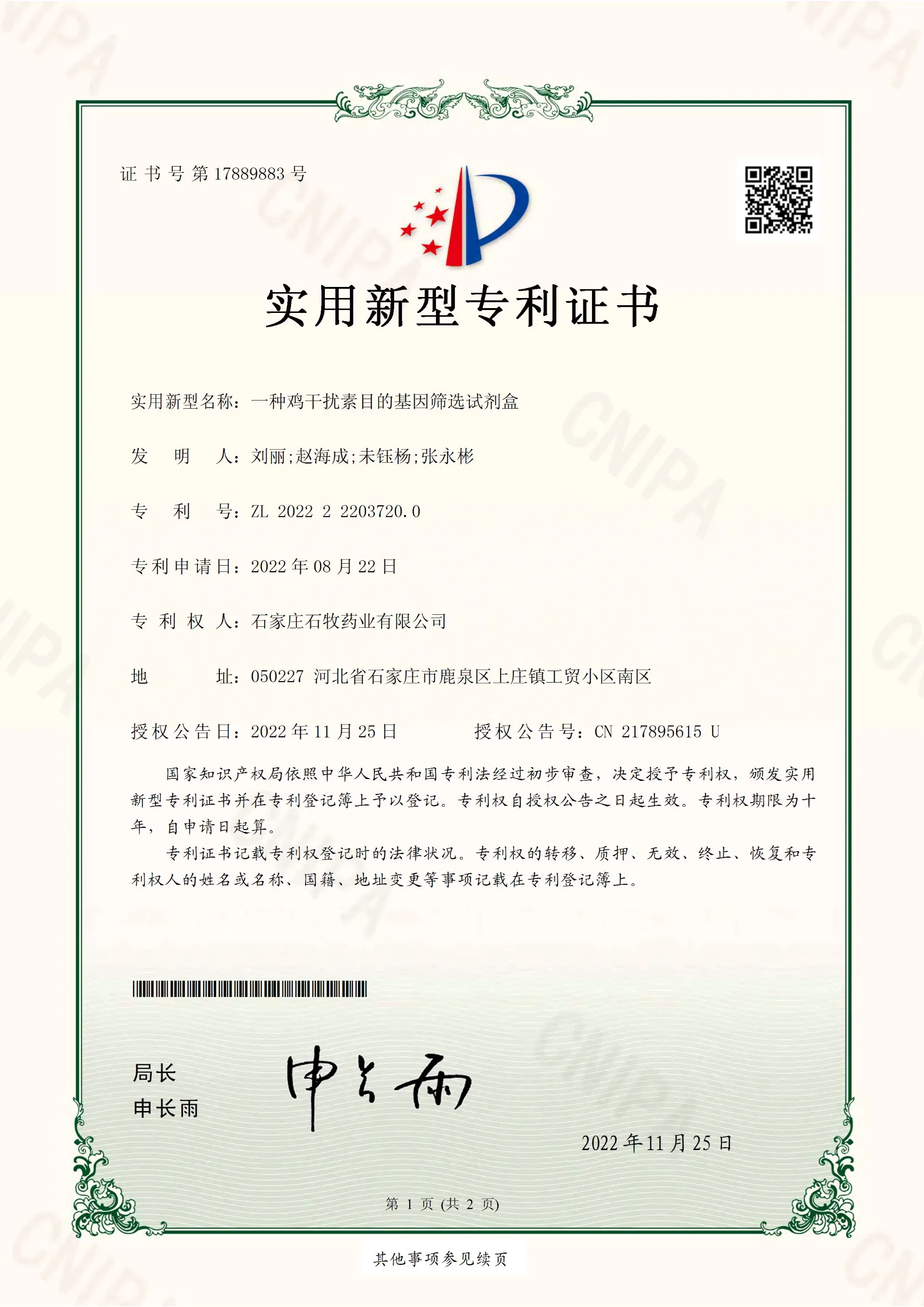Adult dogs, while generally more robust than puppies, still face many health challenges as they age. Vitamins are organic compounds that are necessary for various metabolic processes. They cannot be synthesized in sufficient amounts by the body and must be obtained through diet. Each vitamin plays a unique role in supporting different bodily functions.




